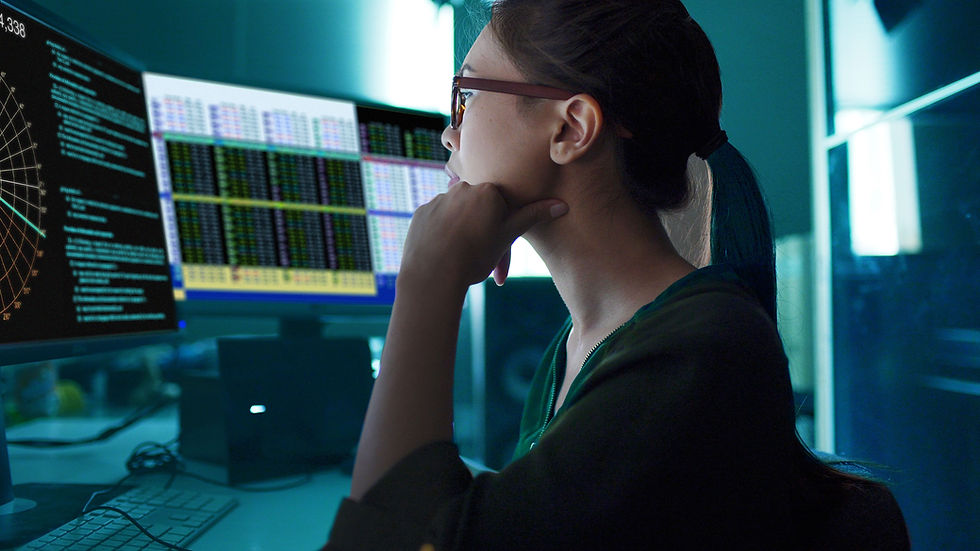A Tale of Two Stock Market Indices
- Peter Zhang
- Jun 8, 2023
- 4 min read
Ichiro Suzuki On May 16, Japan’s Nikkei Index closed above the 30,000 barrier for the first time in 18 months, and has been trading solidly in the north of 30,000 since then. A September 2021 stint above 30,000 proved to be rather temporary but it had a meaning of reclaiming the plateau that was last seen as far back as in 1990. Since 18 months ago, the Nikkei went down and came back up, this time with a staying power. The Nikkei kept rising to a new post-bubble high of 32,506 on June 6, even if the index is still distinctly short of 38,915 witnessed at the end of 1989. After the dizzying apex in 1989, the Nikkei has gone through an unparalleled ordeal that was never witnessed anywhere else, reflecting the painful struggle that the Japanese economy went through. The Nikkei lost 80% of its peak value, but that was not unprecedented. The Dow Jones Industrial Average lost 90% of the 1929 peak amid the Depression while the Nasdaq lost 80% when the late 20th century tech bubble popped. The Nikkei didn’t reach its ultimate bottom until 2009 for a painful, 20- year long ordeal with many false dawns. Worse, it took another four years for the Nikkei to confirm the 2009 bottom until a bull market driven by ‘Abenomics’ made the index rise above key technical points in 2013. In contrast to the revitalized Nikkei, Hong Kong’s Hang Seng index has fallen from grace, after having reached its peak at 31,233 in January 2018. Today it is trading more than 40% below the peak. The Hang Seng was long dwarfed by the Nikkei until the turn of the century, even if Hong Kong was touted as an up-and-coming Asian Tiger as opposed to Japan that was an established economic powerhouse. The Hang Seng index overtook the Nikkei on China’s rise as the former British colony served as the gateway to booming China. After the handover in 1997 Hong Kong conglomerates aggressively expanded their businesses into the mainland. Then, originally PRC companies sought their listings in Hong Kong to make themselves exposed to international investors. Red chips became dominant forces in the Hong Kong market. By the time when real estate developers became too stretched, China’s tech darlings made the impact on Hong Kong. That’s how the Hang Seng index rose to its all time high in 2018. China tech eventually failed to convince the world of their invincibility. To begin with, their valuations became obstacles for the shares to rise further. Then in 2021, the Chinese Communist Party began a fierce campaign against the tech sector for fear of the free-wheeling tech giants going beyond control of the party. President Xi Jinping’s pursuit for ‘common prosperity’ has totally crushed the tech sector’s valuations, inflicting massive damages to the market. When tech fell, there was nothing left to replace them to carry the market. Real estate that was once a driving force of the market was in shambles as illustrated by the high profile demise of China Evergrande. After a drawn out, 20-year long correction process, the Nikkei index’s fortune had shown an early sign of turning around by the end of 2012. While the challenges the Japanese economy faced remained monumental and Corporate Japan had not regained the clout it once had, all these pessimistic stories were amply incorporated into share prices of Japanese companies and they were grossly undervalued. Competitiveness of Corporate Japan was so much in question, but the problem was already too well known. Then, Shinzo Abe, who earned his second stint as prime minister by winning the December 2012 election, advocated shareholders’ value as a part of his plan to revitalize the economy. Amid spectacular fall in competitiveness in the age of globalization and in the advent of the internet, shareholders were paid scant attention until then. Dilution of share prices through massive issuance of new shares, especially by banks, made nearly as much damage to the market as competitiveness issues. The Tokyo market responded to Abe’s plan very positively, getting back on a lasting trend of upward movements. Xi Jinping’s assault on the tech sector had turned out to be an unprecedented act of shareholders value destruction. It firmly stands in the polar opposite of Abe’s embracement of shareholders value. At the time of the Hang Seng index’s all time high in January 2018, the Nikkei traded full 10,000 points below Hong Kong even though it had doubled since the time of Abe’s return to power. Fortunes of the Nikkei and the Hang Seng have reversed entirely since then. While the Hang Seng is in search of its ultimate bottom, the Nikkei’s all time high 34 years ago has come in sight at long last. Revival of the Hang Seng index and Chinese equities as a whole might hinge as much on embracing shareholders and respecting market forces as on China’s economic growth and cutting edge technology. This seems to be a toll order for Xi Jinping. Listening to the voice of the market is the last thing the mighty president of China is capable of doing. About the author: Mr. Suzuki is a retired banking executive based in Tokyo, Japan.





Comments